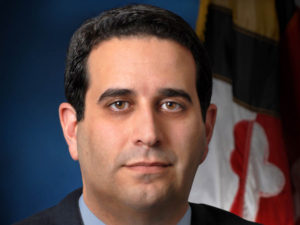Report on One Year of Medicaid Expansion in PA
Taking advantage of the Affordable Care Act, Pennsylvania expanded its Medicaid program a little more than a year ago. Now, Department of Human Services Secretary Ted Dallas reflects on that year, offering statistics on how many people have taken advantage of enhanced access to Medicaid coverage, who those people are, and where they live.
 Secretary Dallas also offers his perspectives on how the transition to the expanded Medicaid program went and how the new program differs from the old.
Secretary Dallas also offers his perspectives on how the transition to the expanded Medicaid program went and how the new program differs from the old.
Read Secretary Dallas’s report here, on the Wolf administration’s blog.







